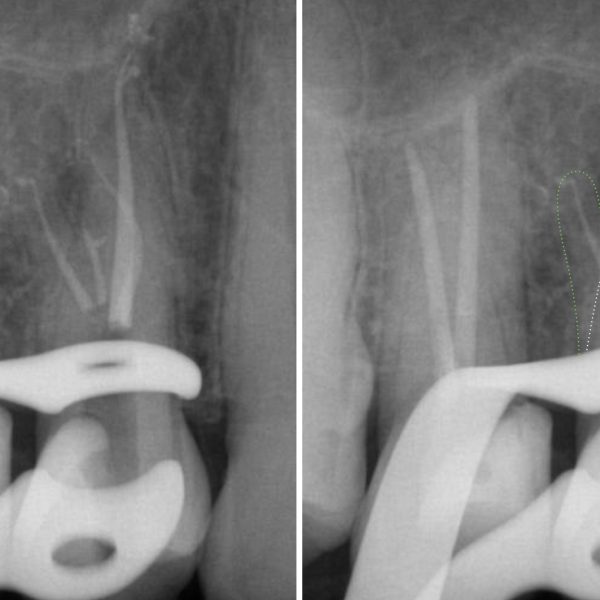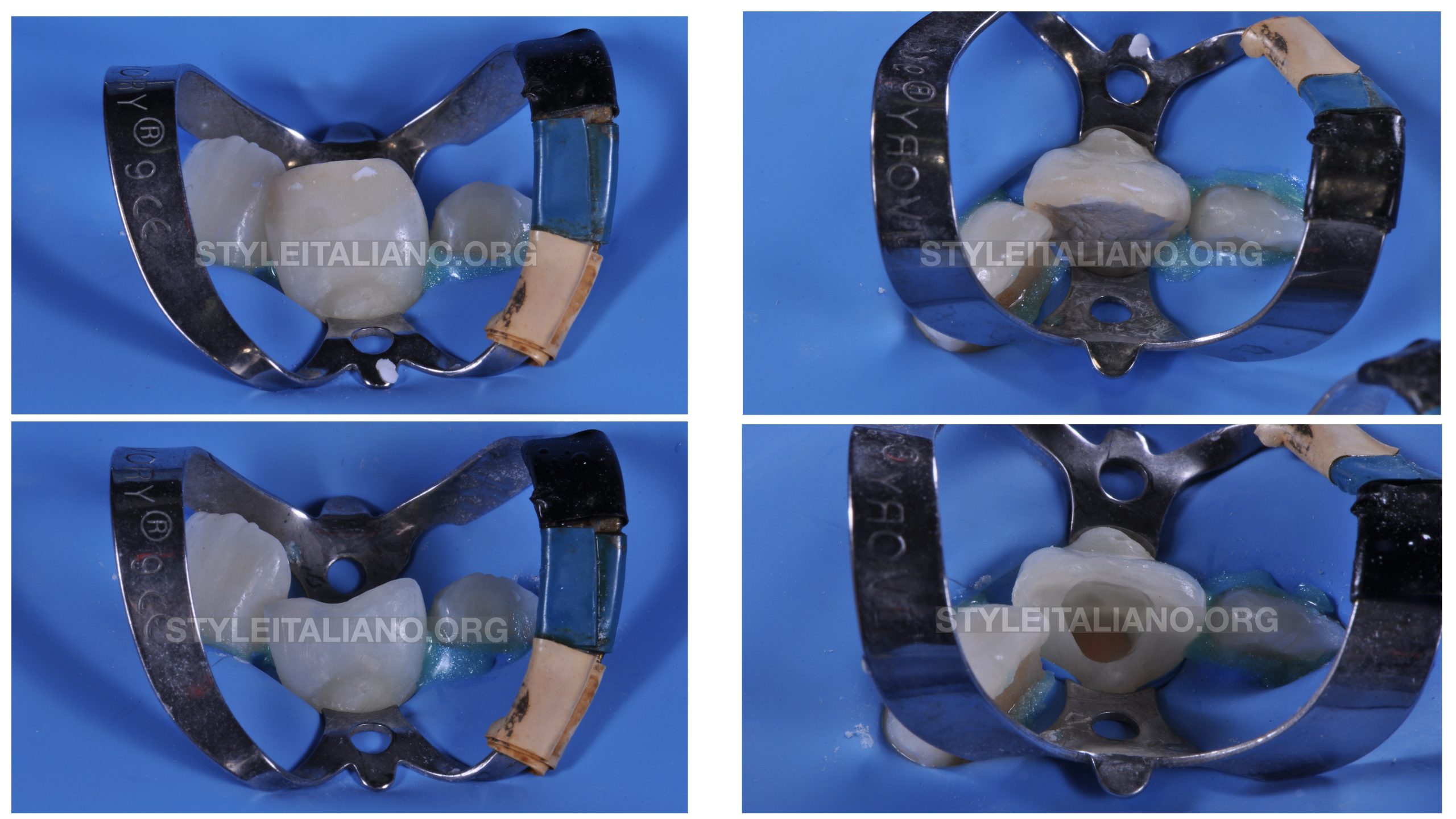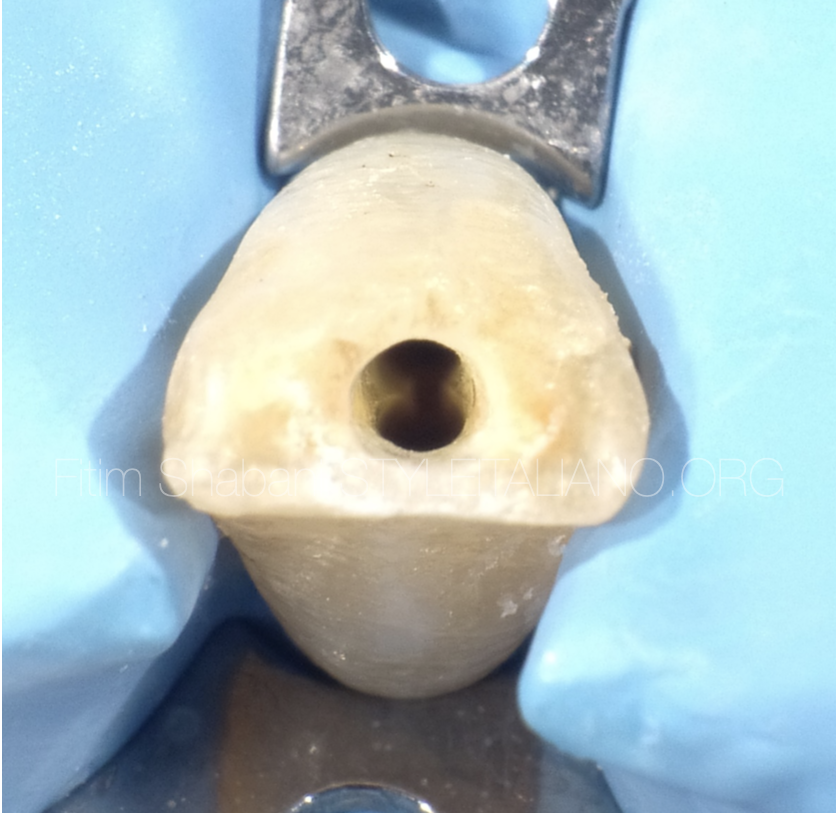
Root canal treatment and direct restoration
20/05/2021
Fitim Shabani
Warning: Undefined variable $post in /var/www/vhosts/styleitaliano-endodontics.org/endodontics.styleitaliano.org/wp-content/plugins/oxygen/component-framework/components/classes/code-block.class.php(133) : eval()'d code on line 2
Warning: Attempt to read property "ID" on null in /var/www/vhosts/styleitaliano-endodontics.org/endodontics.styleitaliano.org/wp-content/plugins/oxygen/component-framework/components/classes/code-block.class.php(133) : eval()'d code on line 2
Tooth restoration after an endodontic treatment is a very important part of the endodontic treatment because the prognosis of treatment as a whole depends on it.
Many endodontic failures come exactly from an inadequate restoration after the endodontic treatment.
The vital teeth are different from non-vital teeth in terms of physico-chemical, structural, and biological aspect. That`s why the restoration in vital teeth and non-vital teeth is different.
In this article we will talk about direct restorations of endodontically treated teeth. Here we must consider several factors:
- Quality of endo treatment
- Type of access cavity
- Position of the tooth
- Patient`s request

Fig. 1
Clinical data:
Age 35 years old
Tooth 41
Dg: Parodontitis apicalis acuta
Treatment plan :
Root canal treatment
Direct restoration with composit

Fig. 2
Isolation

Fig. 3
A lower incisor with two canals, the root canal treatment was done in one visit
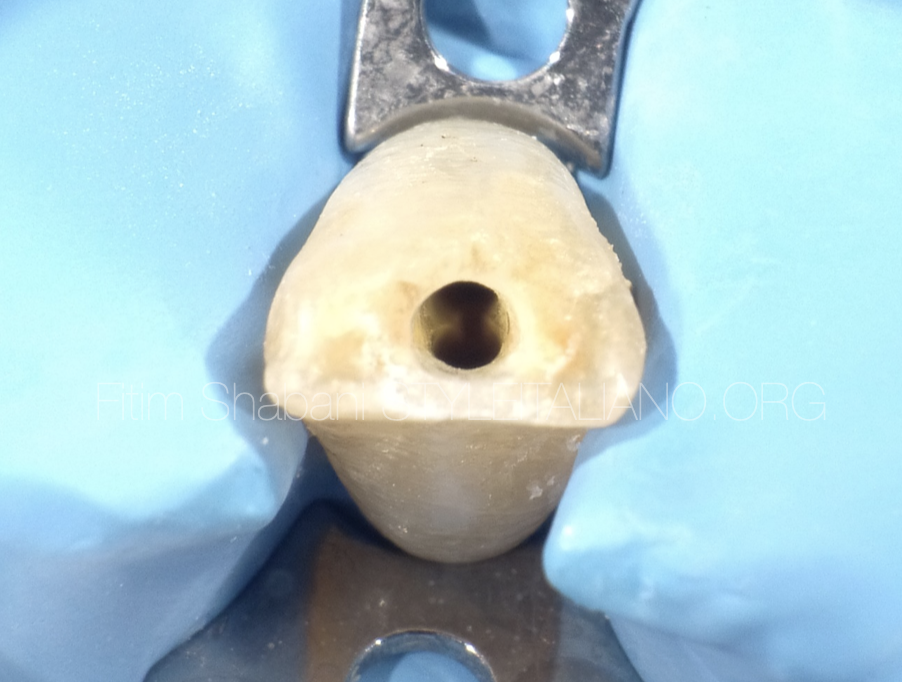
Fig. 4
A lower incisor with two canals, the root canal treatment was done in one visit

Fig. 5
Multiple tooth isolation after root canal treatment

Fig. 6
Minimally invasive preparation
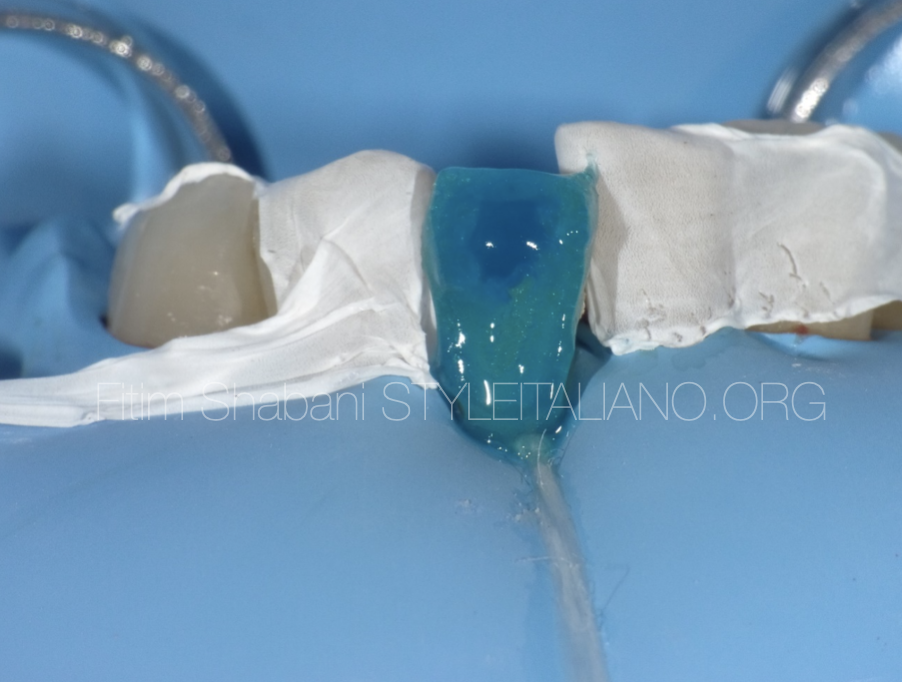
Fig. 7
Etching

Fig. 8
Bonding procedure
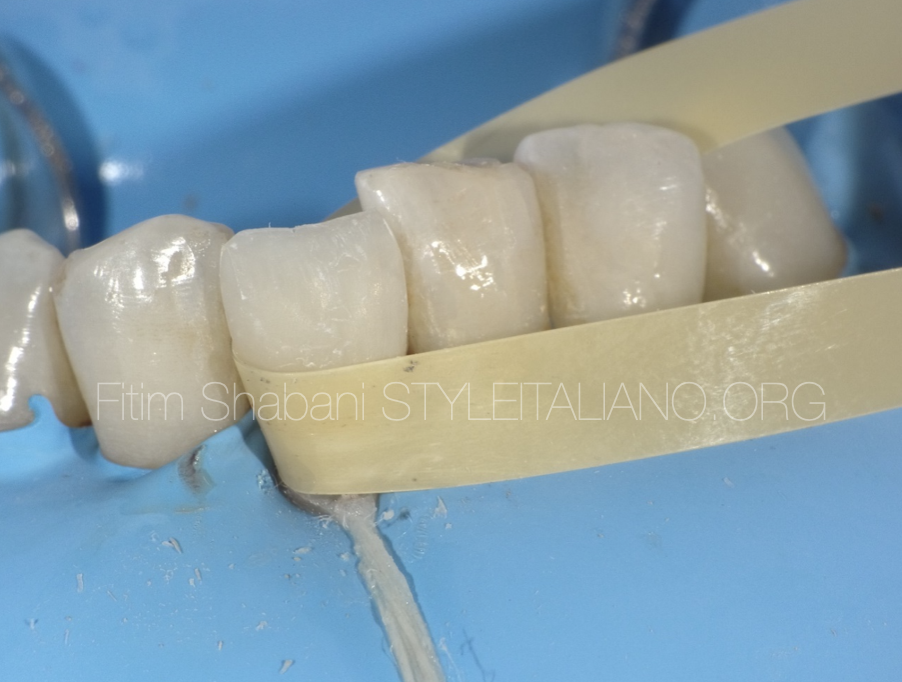
Fig. 9
Polishing

Fig. 10
X-ray
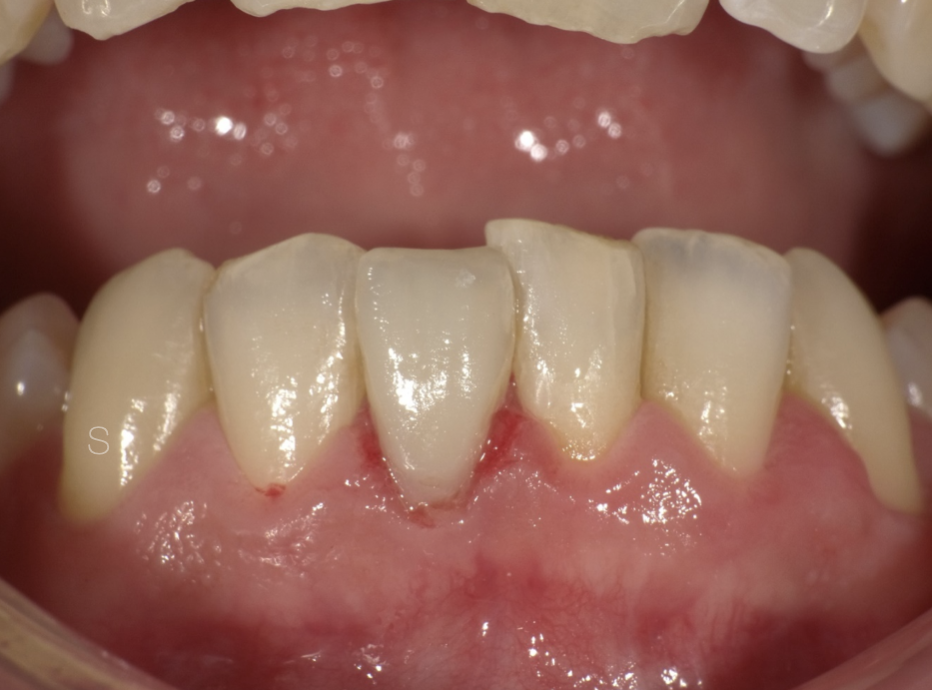
Fig. 11
Completed case
Conclusions
With a direct restoration after the endodontic treatments we achieve a very good coronary sealing. Furthermore it can be applied in cases when we have sufficient tooth structure.
Other factors such as oral hygiene, tooth position, patient requirements and financial capabilities, risk factors such as occlusal dysfunction, bruxism and other possible abnormalities should also be considered.
The later need to cover the tooth with a full crown should not be neglected.
Bibliography
- Alan Atlas, DMD/ Simone Grandini, DDS, MSc, PhD/ Marco Martignoni, Evidence-based treatment planingfor the restoration of endodontically trreated single teeth: impostance of coronal seal, post vs no post, and indirect vs direct restoration, Quintessence International Vol 50 No 10 November / December 2019
- Richard S.Schwarz, DDS and James W.Robbins, DDS,MA Post placement and restoration of endodontically treated teeth: A literature view, Jurnal of Endodontic Vol 30, No 5, May 2004
- James W.Robbins, DDS, MS Guidelinesfor the restoration of endodontically treated teeth JADA Vol 120, May 1990
- Giacomo Corsentino,DDS,PhD, et Al. Influence of access cavity preparation and remaining tooth substance on fracture strength of endodontically treated teeth. Journal of Endodontics Vol 44, Issue 9, September 2018.


